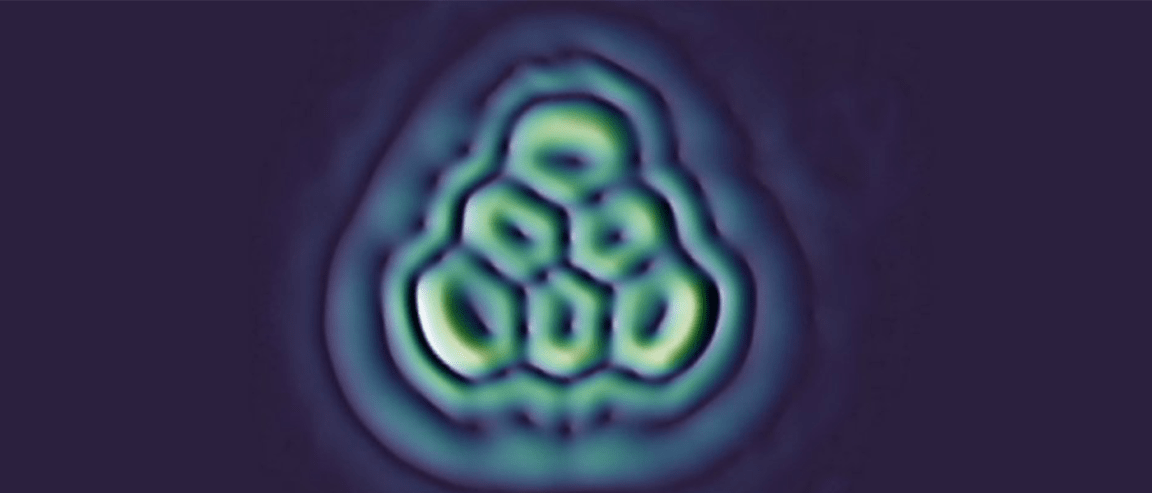
Creating the Impossible
Move over graphene, it’s 2017 and we have a new carbon structure to rave about: Triangulene. It’s one atom thick, six carbon hexagons in size, and in the shape of – you guessed it – a triangle.
Development of the molecule has eluded chemists for a period of nearly seventy years. It was first predicted mathematically in the 1950s by Czech scientist, Eric Clar. He noted that the molecule would be unstable electronically due to two unpaired electrons in the six benzene structure. Since then, the mysterious molecule has ushered generations of scientists in a pursuit for the unstable molecule – all resulting in failure due to the oxidizing properties of two lone electron pairs.
Now, IBM researchers in Zurich, Switzerland seem to have done the impossible: they created the molecule. While most scientists build molecules from the ground up, Leo Gross and his team decided to take the opposite approach. They worked with a larger precursor model and removed two hydrogens substituents from the molecule to conjure up the apparition molecule that is triangulene.
On top of this, they were able to successfully image the structure with a scanning probe microscope and note the molecule’s unexpected stability in the presence of copper. Their published work is available at Nature Nanotechnology.
A Quantum Future

This new material is already proving to be impressive. The two unpaired electrons of the triangulene molecules were discovered to have aligned spins, granting the molecule magnetic properties. Meaning triangulene has a lot of potential in electronics, specifically by allowing us to encode and process information by manipulating the electron spin – a field known as spintronics.
The IBM researchers still have a lot to learn about triangulene. Moving forward, other teams will attempt to verify whether the researchers actually created the triangle-shaped molecule or not. Until then, the technique the team developed could be used for making other elusive structures. Although, it still isn’t ideal, as it is a slow and expensive process. Even so, this could push us closer to the age of quantum computers.